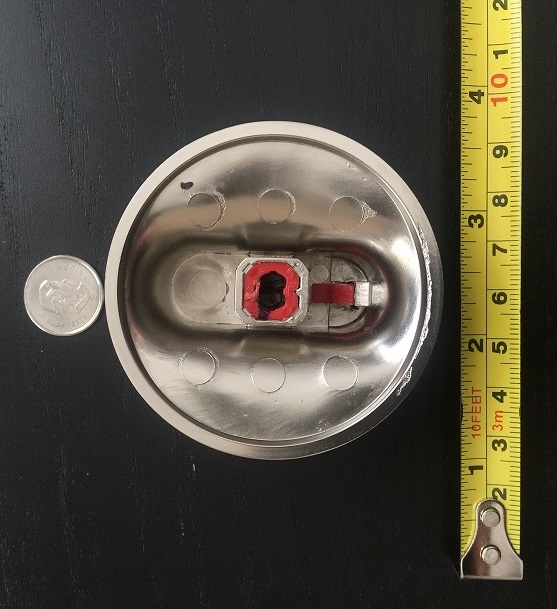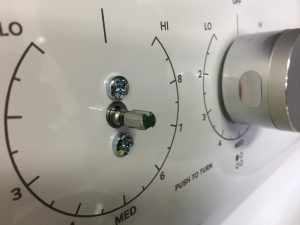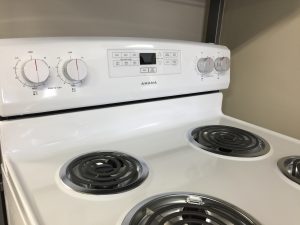Non-invasive sleep monitoring to improve senior night safety
Understanding new residents needs and establishing a baseline which took over a week now reduced to two days.
Understanding new residents’ needs so as to provide optimum care
When a new resident moves into long term care residence, staff at the residence often spend up to two weeks observing and getting to know the new resident in order to provide the best care. Evidence shows that the sooner a baseline can be established and new resident’s needs are understood, the higher the success rate of a positive transition to the new residence.
Using the Sleepsense bed sensor, Langley Lodge was able to find out that a new resident was getting out of bed almost 20 times during the night to use the washroom. With this unbiased evidence care staff were then able to assess and identify the severity of the resident’s prostate condition and organize treatment within two days, something that would have previously taken more than a week based on in-person observations and anecdotal evidence.
Sleepsense allows care staff to provide residents with customized care sooner
Sleepsense enables care providers the ability to compress time in understand their new residents, allowing care staff to assist residents settle in and provide the needed level of care sooner. Clients also report that data provided by Sleepsense enables them to confidently communicate with families and develop residents’ care plans sooner.



